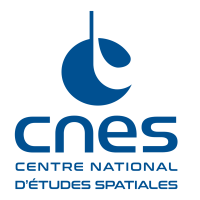Fin avril 2025, PHARAO est devenue la première horloge à atomes de césium refroidis, en orbite autour de la Terre et intégrée dans un réseau de comparaison de temps. Elle a été fixée à l'extérieur de la Station spatiale internationale. Les astronautes auront-ils une heure plus précise que sur Terre ?
Informations essentielles
| Mission | Mesurer le temps avec une exactitude de 10-16 et tester encore plus précisément la théorie de la gravitation d’Albert Einstein |
|---|---|
| Domaine CNES | Sciences |
| Date de début | Lancement vers l'ISS le 21 avril 2025 |
| Partenaires | ESA et industrie en collaboration avec des laboratoires français (ENS-LKB et OBSPM-SYRTE) |
| Lieu | Station spatiale internationale, module Colombus |
| Durée | 3 ans |
| Statut du projet | En exploitation |
-
40
microsecondes/jour : décalage temporel des satellites de positionnement par rapport au sol
-
91
masse de PHARAO en kg
-
5
nombre de sous-systèmes de PHARAO
-
10⁻¹⁶
précision de PHARAO
Dates clés
- Mi-mai 2025 : Réception des premières données de PHARAO
- 21 avril 2025 : Lancement de PHARAO
- Juillet 2014 : Livraison à l’ESA du modèle de vol de PHARAO
- Mars 2014 : Débuts des tests de performance de PHARAO
- Janvier 2011 : Test du prototype du Segment Sol
- Décembre 2008 : Décision du CNES de construire le modèle de vol de PHARAO
Le projet en bref
La théorie de la relativité générale l’a prédit : le temps ralentit à proximité de toute masse. Il passe ainsi plus vite au sommet de la tour Eiffel qu’à sa base. Cet « effet Einstein » (aussi appelé redshift en anglais) est encore plus perceptible lorsqu'on s’éloigne dans l’espace. À tel point que les systèmes de positionnement par satellite, tel le GPS ou le système européen Galileo, sont obligés d'en tenir compte pour vous donner votre position avec précision. En orbite à 20 000 km d'altitude, leurs horloges atomiques avancent en effet de 40 microsecondes chaque jour par rapport à leurs consœurs restées sur Terre. La mission PHARAO permettra de mesurer cet effet avec encore plus d’exactitude.
PHARAO est devenue la première horloge à atomes de césium refroidis, en orbite autour de la Terre et intégrée dans un réseau de comparaison de temps. Elle a été fixée à l’extérieur de la Station spatiale internationale, sur un balcon du module Columbus – le laboratoire scientifique européen. Si PHARAO est dite à « atomes froids », c'est parce que ses atomes de césium seront refroidis par laser à une température proche du zéro absolu (-273°C). Ainsi immobilisés, les oscillations de l’onde qu’ils émettent (leur "tic-tac") sont comptées avec davantage de précision. Selon le système international d’unité, une seconde correspond en effet à la durée de 9 192 631 770 ondulations d’une vibration particulière de l’atome de césium.
Actuellement, les horloges à atomes froids sont les meilleures horloges opérationnelles sur Terre. L'environnement d'impesanteur caractéristique d’une orbite (celle de l'ISS a une altitude de 400 km) permettra d'augmenter encore leur exactitude. PHARAO devrait ainsi dévier tout au plus d'une seconde tous les 300 millions d’années. Cette exactitude extrême permettra de vérifier les effets prédits par la théorie de la relativité générale avec une précision accrue.
Rôle du CNES dans le projet
L’horloge de la mission PHARAO est fondée sur des principes largement issus des laboratoires scientifiques français. Ses éléments ont été construits par l’industrie française, puis assemblés et testés par le CNES. PHARAO est l'élément central de la mission européenne ACES (Atomic Clock Ensemble in Space) constituée de plusieurs horloges atomiques.
Contacts CNES
Chef de Projet CNES
Didier MASSONNET
Courriel : didier.massonnet at cnes.fr
Responsable thématique Physique Fondamentale du CNES
Martin BOUTELIER
Courriel : martin.boutelier at cnes.fr





